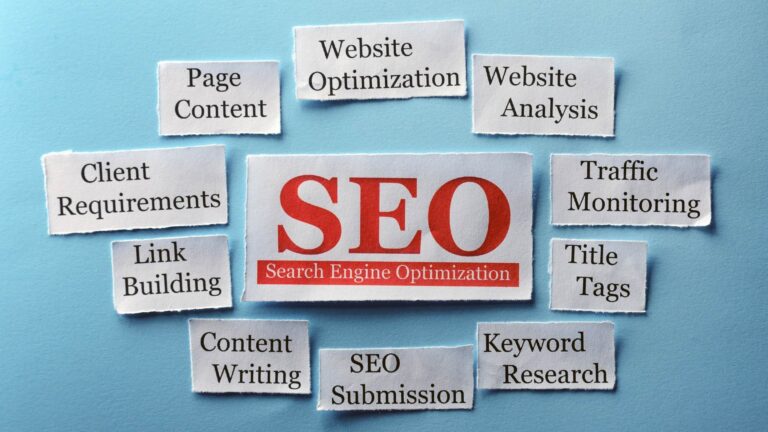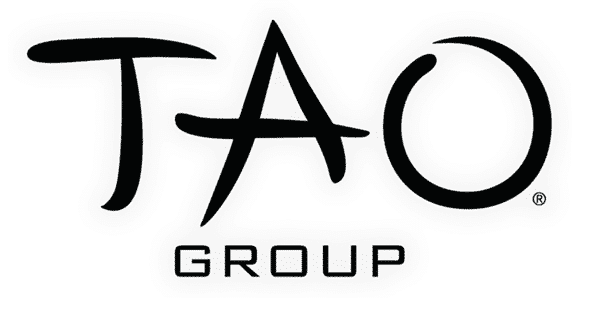
In recent years, Google has made it clear that user experience (UX) is a crucial factor in determining search engine rankings. With the introduction of Core Web Vitals as ranking signals, optimizing for these metrics has become a key focus for SEO professionals and website owners alike. This article dives deep into Core Web Vitals and provides actionable strategies to optimize for these new benchmarks, ensuring your website’s performance not only meets but exceeds user expectations.
What are Core Web Vitals?

Core Web Vitals are a set of performance metrics that measure a user’s experience on a website. Google introduced these metrics to focus on real-world user data, with the ultimate goal of improving how people interact with websites. These metrics are based on three key areas:
- Largest Contentful Paint (LCP) – Measures loading performance.
- First Input Delay (FID) – Measures interactivity.
- Cumulative Layout Shift (CLS) – Measures visual stability.
Optimizing these three metrics can have a direct impact on how Google ranks your site, but more importantly, it ensures your users have a seamless, engaging experience.
Why Core Web Vitals Matter for SEO

Google’s ranking algorithms have always prioritized user experience, but the inclusion of Core Web Vitals as ranking signals reinforces how essential UX is to SEO. Websites that offer a smooth, fast, and stable user experience are more likely to perform well in search rankings.
- Improved User Experience: A website that loads quickly and responds seamlessly increases user satisfaction and reduces bounce rates.
- Higher SEO Rankings: Optimizing Core Web Vitals will give your site a competitive advantage in search rankings, as Google continues to prioritize performance.
- Boosted Conversion Rates: Websites with low loading times and high interactivity tend to convert visitors into customers at higher rates.
- Enhanced Brand Reputation: A fast, reliable website reflects positively on your brand, building trust with visitors.
Understanding the Three Core Web Vitals

1. Largest Contentful Paint (LCP)
Definition:
LCP measures how long it takes for the largest visible content element on your page (such as an image, video, or large block of text) to load. A good LCP is 2.5 seconds or less.
Why LCP Matters:
The faster users can see meaningful content, the better their experience will be. Slow LCP means users are left waiting for content, which can lead to frustration and higher bounce rates.
How to Improve LCP:
- Optimize Images and Videos: Compress large media files without sacrificing quality using tools like TinyPNG or ImageOptim.
- Implement Lazy Loading: Load images and videos only when they are visible in the viewport to improve initial load times.
- Use a Content Delivery Network (CDN): CDNs distribute content across multiple servers, ensuring faster load times regardless of user location.
- Minimize JavaScript and CSS: Reduce the size of CSS and JavaScript files to speed up page rendering.
2. First Input Delay (FID)

Definition:
FID measures how long it takes for a page to respond to the first interaction made by a user, such as clicking a button or link. A good FID is under 100 milliseconds.
Why FID Matters:
A slow response to user input can cause frustration, leading to a poor user experience and high abandonment rates. Optimizing FID ensures that users can interact with your page quickly and easily.
How to Improve FID:
- Reduce JavaScript Execution Time: Minimize the size and complexity of JavaScript, deferring non-essential scripts to ensure faster interaction times.
- Use Server-Side Rendering: For sites built with JavaScript-heavy frameworks, server-side rendering (SSR) can help improve FID by pre-rendering pages before sending them to the browser.
- Optimize Third-Party Scripts: Load third-party scripts asynchronously to prevent them from blocking the main thread, which can delay user interactions.
3. Cumulative Layout Shift (CLS)

Definition:
CLS measures how much content shifts around during loading, which can be frustrating for users. A good CLS score is less than 0.1.
Why CLS Matters:
A high CLS indicates that elements on the page (such as buttons or images) are moving unexpectedly, which can lead to clicks on the wrong elements and create a frustrating user experience.
How to Improve CLS:
- Set Size for Images and Videos: Always specify the width and height of images and videos in your HTML or CSS to reserve space and prevent shifts as they load.
- Avoid Inserting Content Above Existing Content: Ensure new content doesn’t load above the fold, which can push down other elements.
- Use Stable Fonts: Fonts can cause layout shifts when they load. Use font-display: swap to show fallback fonts while the actual font is loading.
How to Monitor Core Web Vitals Performance

Tracking Core Web Vitals regularly is key to understanding how well your site is performing in terms of user experience. Several tools can help you measure these metrics and identify areas for improvement:
- Google PageSpeed Insights: Provides detailed performance reports, including Core Web Vitals, with actionable suggestions to improve your site’s performance.
- Google Search Console: The Core Web Vitals report in Search Console helps you track real-world data and provides insights based on user interactions.
- Lighthouse: A Chrome tool that offers a comprehensive analysis of your site’s performance, including Core Web Vitals.
- GTmetrix: An alternative tool for tracking Core Web Vitals and general website speed performance.
The Role of Core Web Vitals in Future SEO Strategies

As Google continues to refine its algorithms, it’s clear that Core Web Vitals will remain a significant ranking factor in the coming years. By prioritizing optimization for these metrics, you not only enhance your site’s SEO but also provide a better experience for your users, which is ultimately the key to long-term success in both search rankings and user retention.
In 2025 and beyond, websites that can balance both speed and user engagement will be better positioned to succeed. As technology advances and user expectations evolve, staying ahead of the Core Web Vitals curve will ensure your website remains competitive and visible in the search results.
Conclusion

Optimizing Core Web Vitals is no longer a “nice-to-have”—it’s an essential part of any effective SEO strategy. As user experience becomes an increasingly important ranking signal for Google, focusing on the performance metrics that directly impact the way users interact with your site is the key to success.
By addressing LCP, FID, and CLS, you can create a faster, more responsive, and more stable website that both users and search engines will love. With continuous monitoring and optimization, Core Web Vitals will become an integral part of your strategy, setting your site up for success in the competitive SEO landscape of 2025.






















